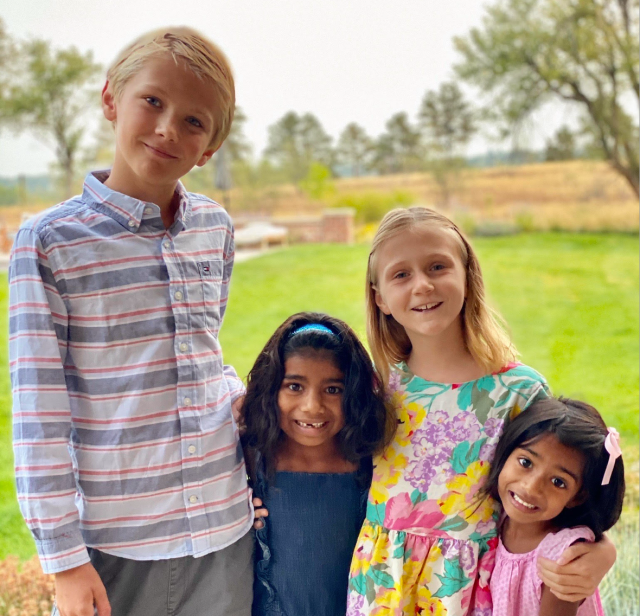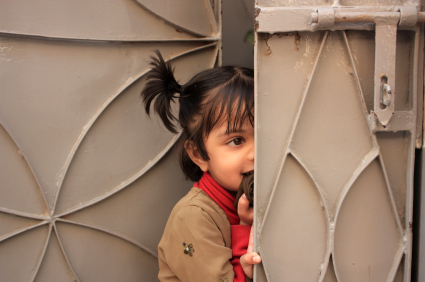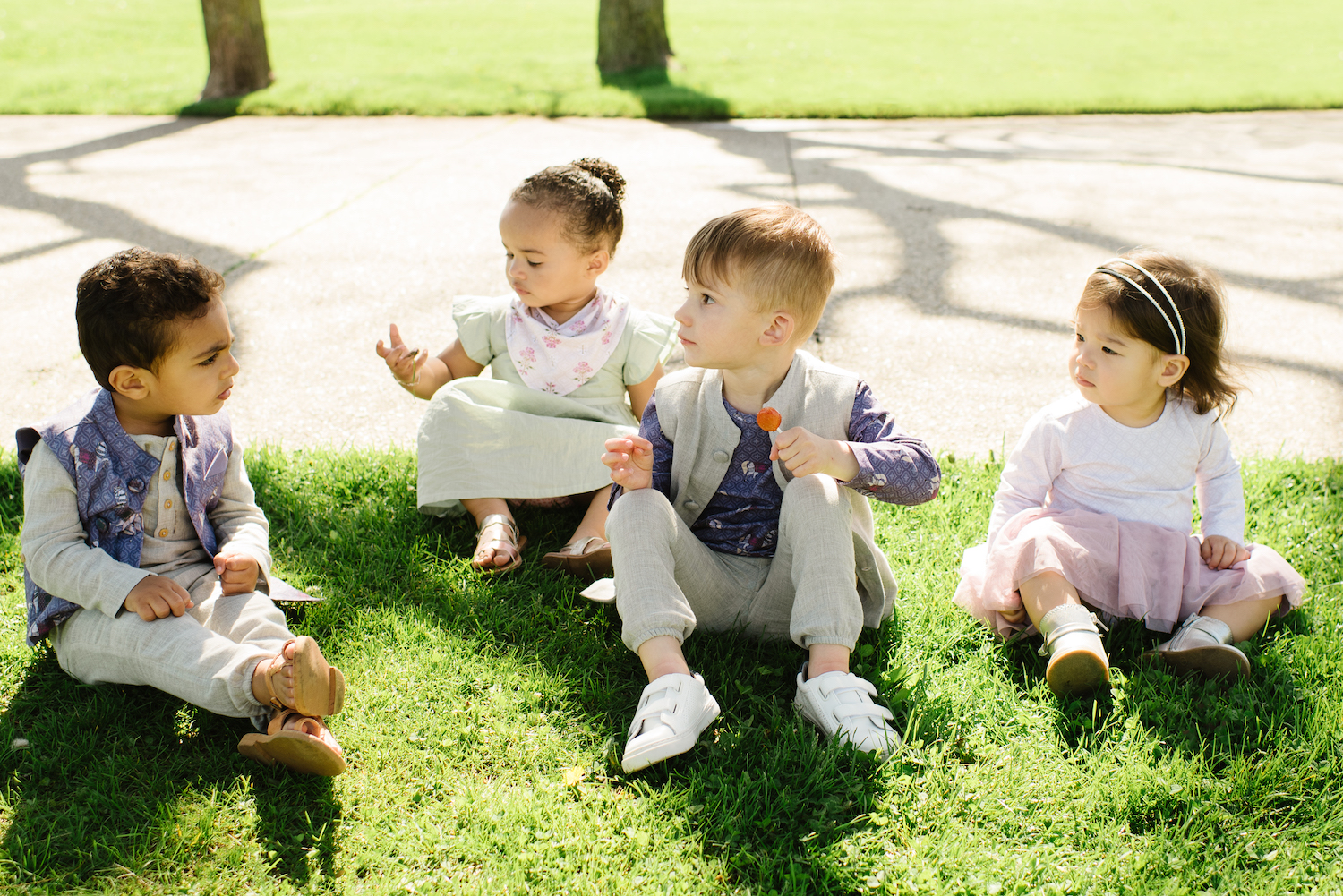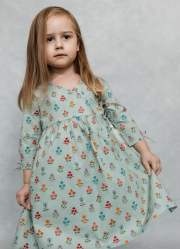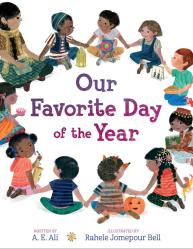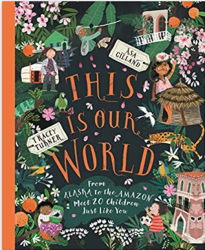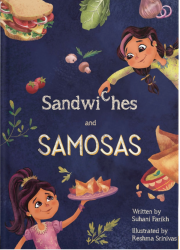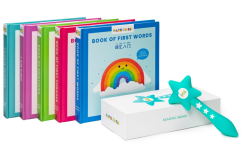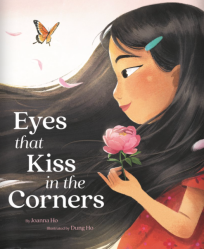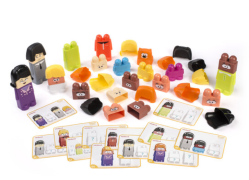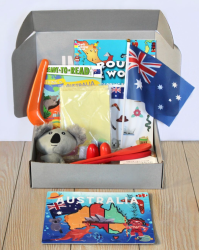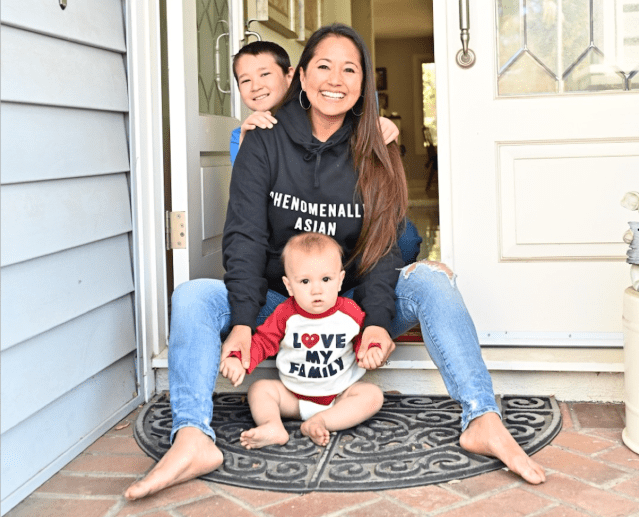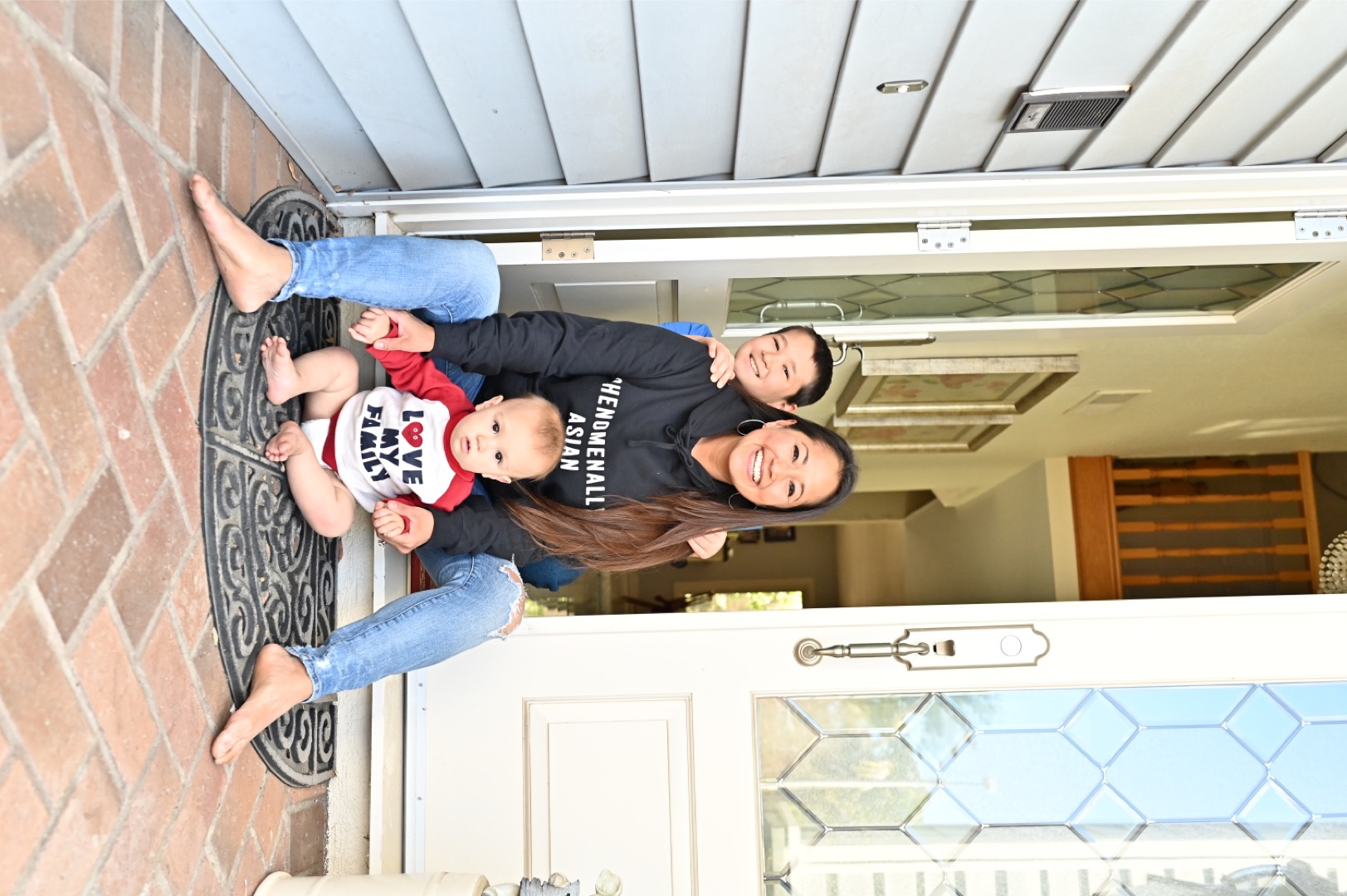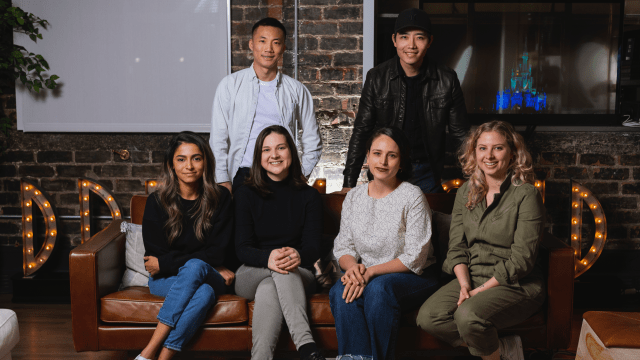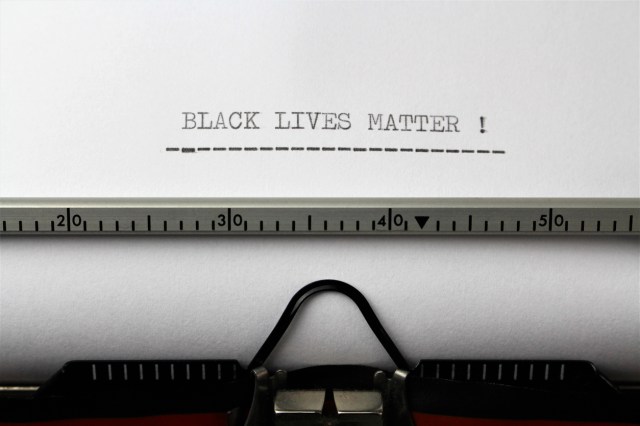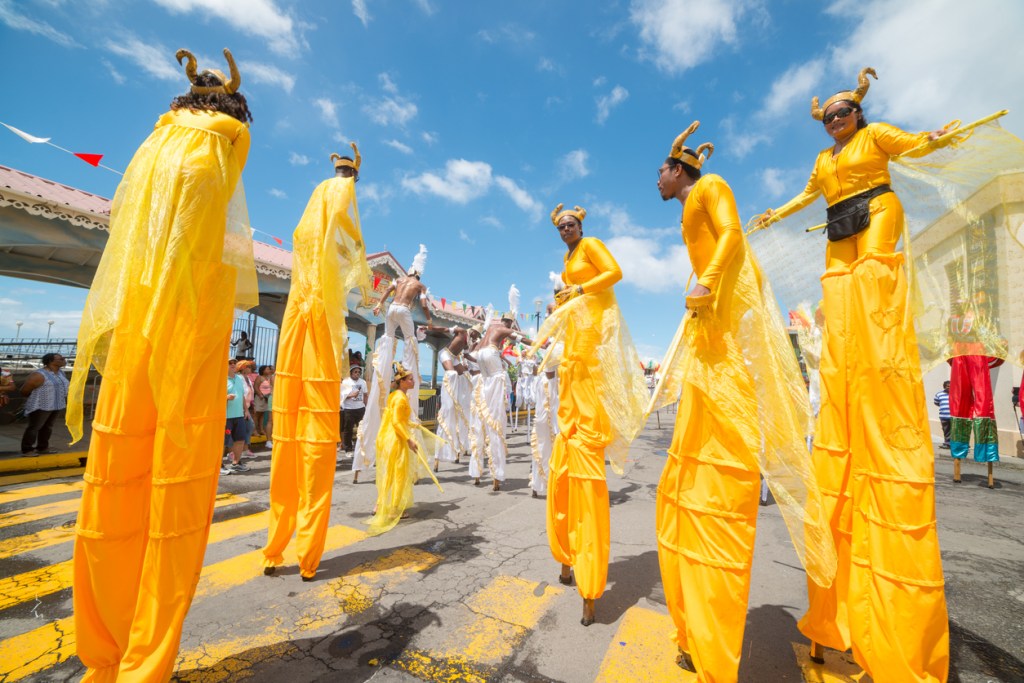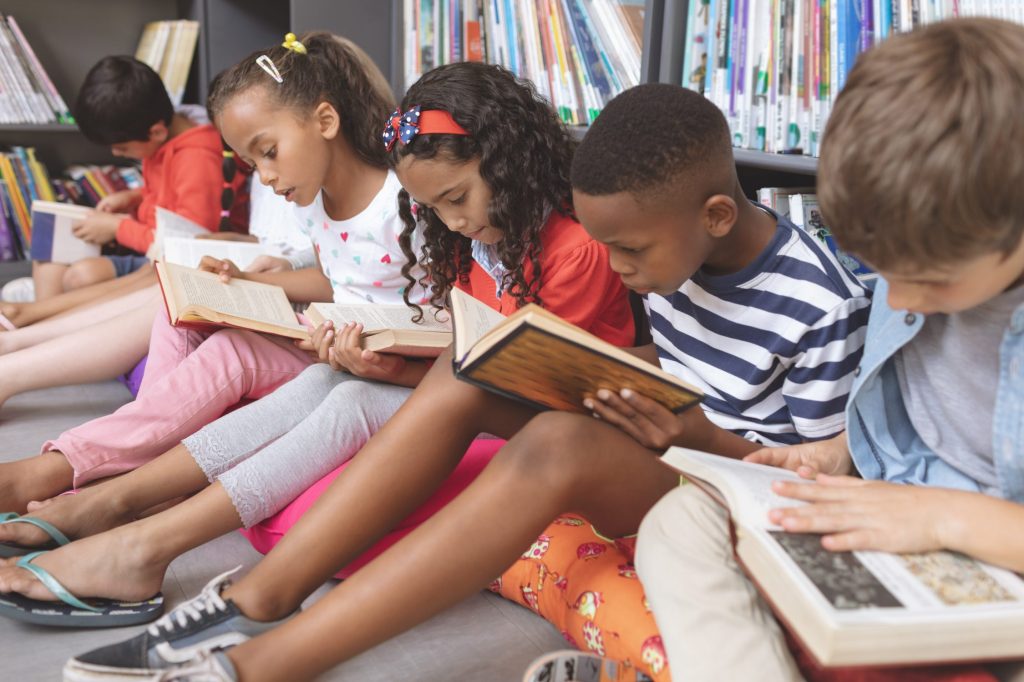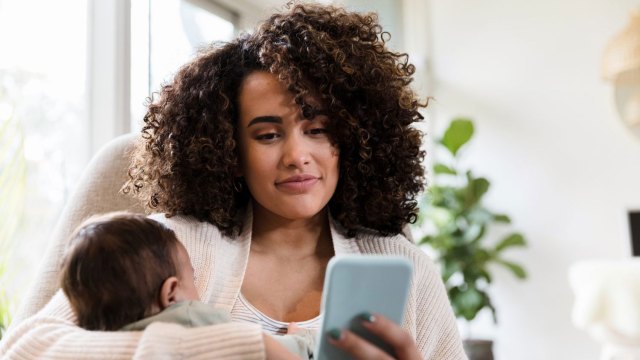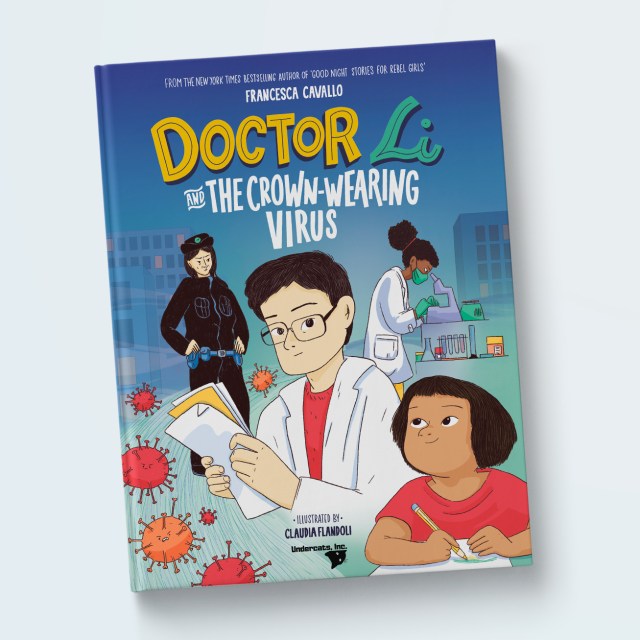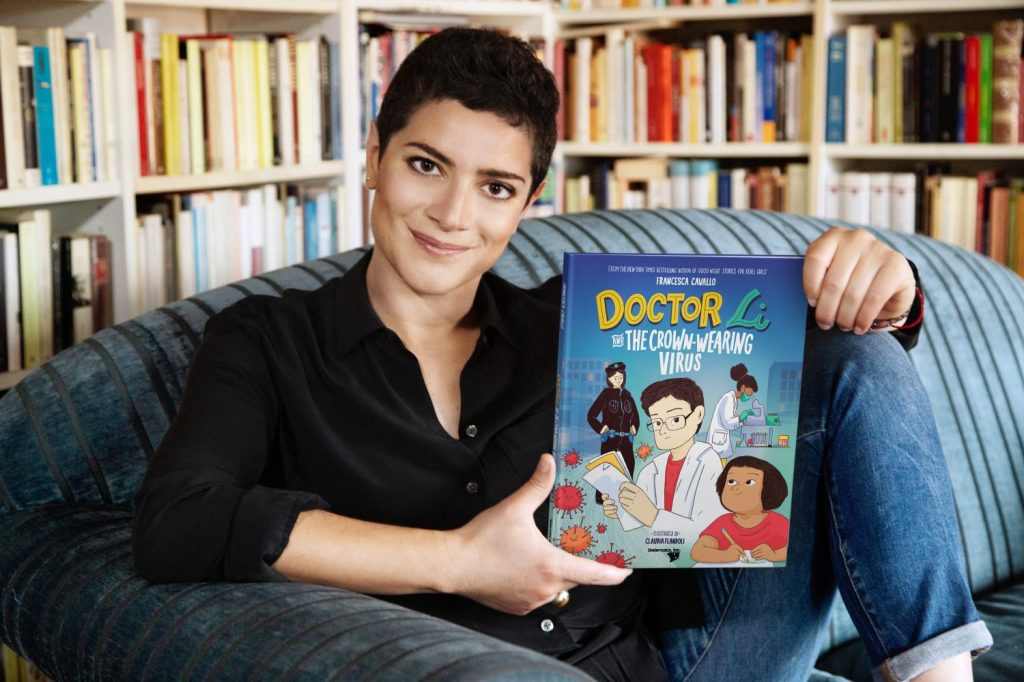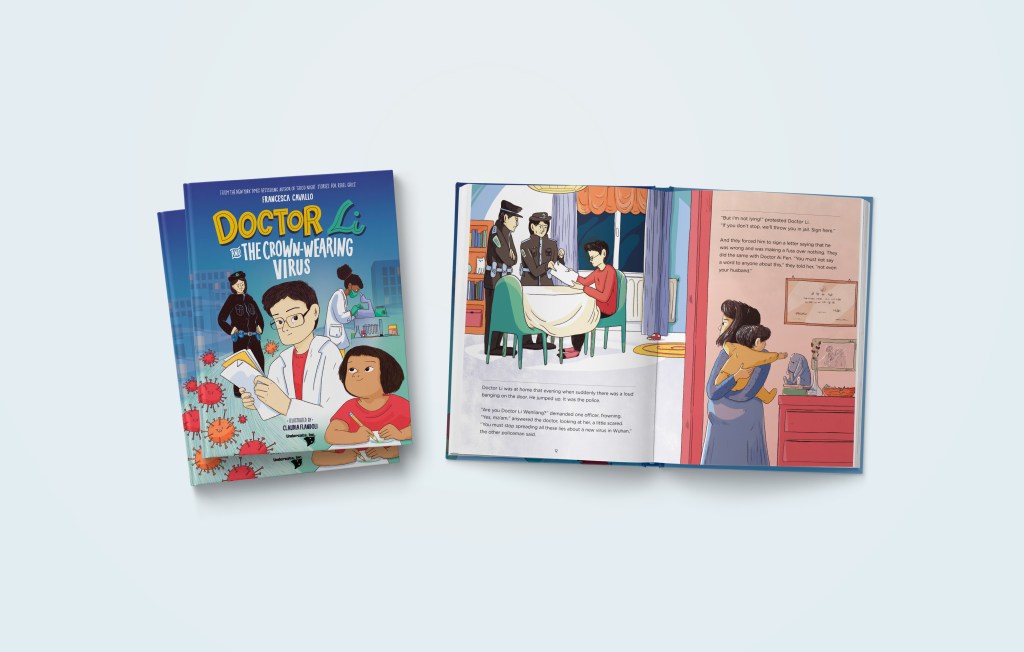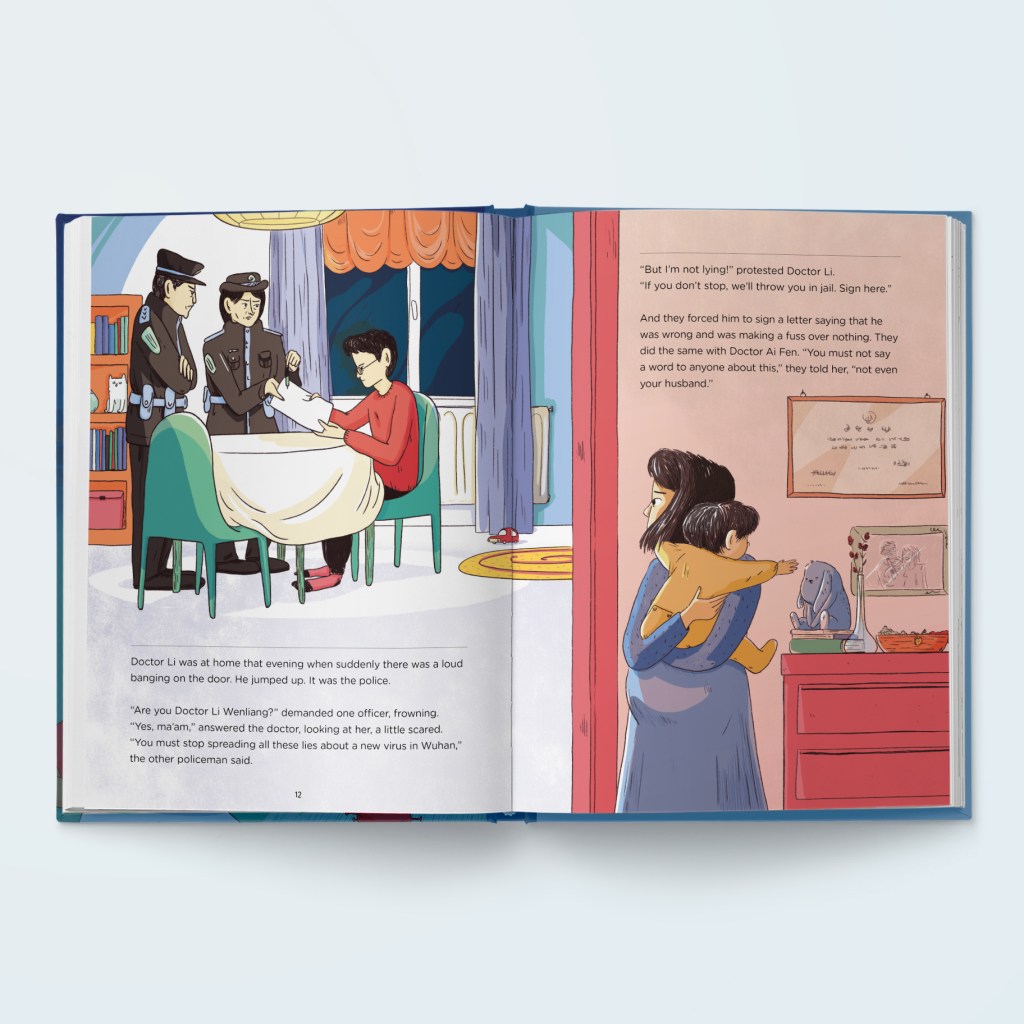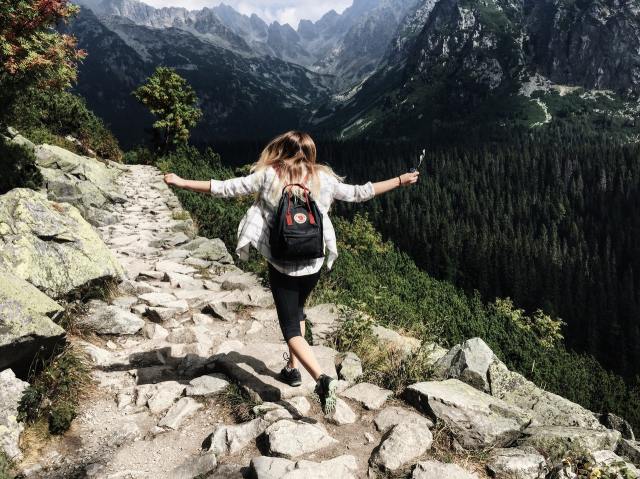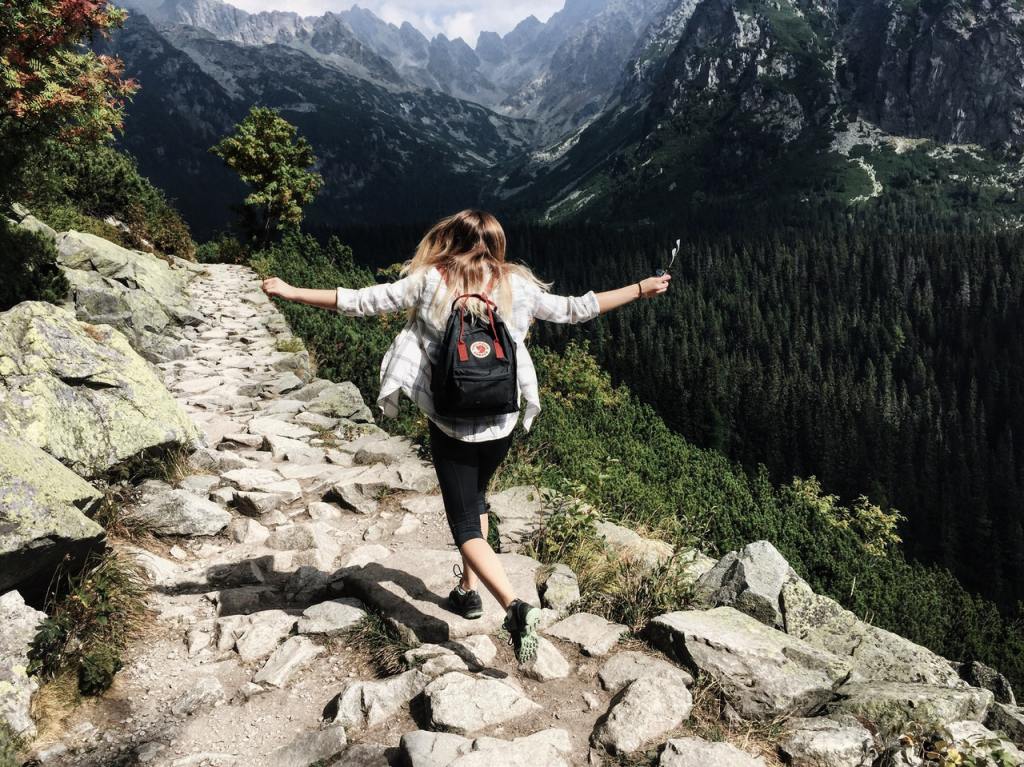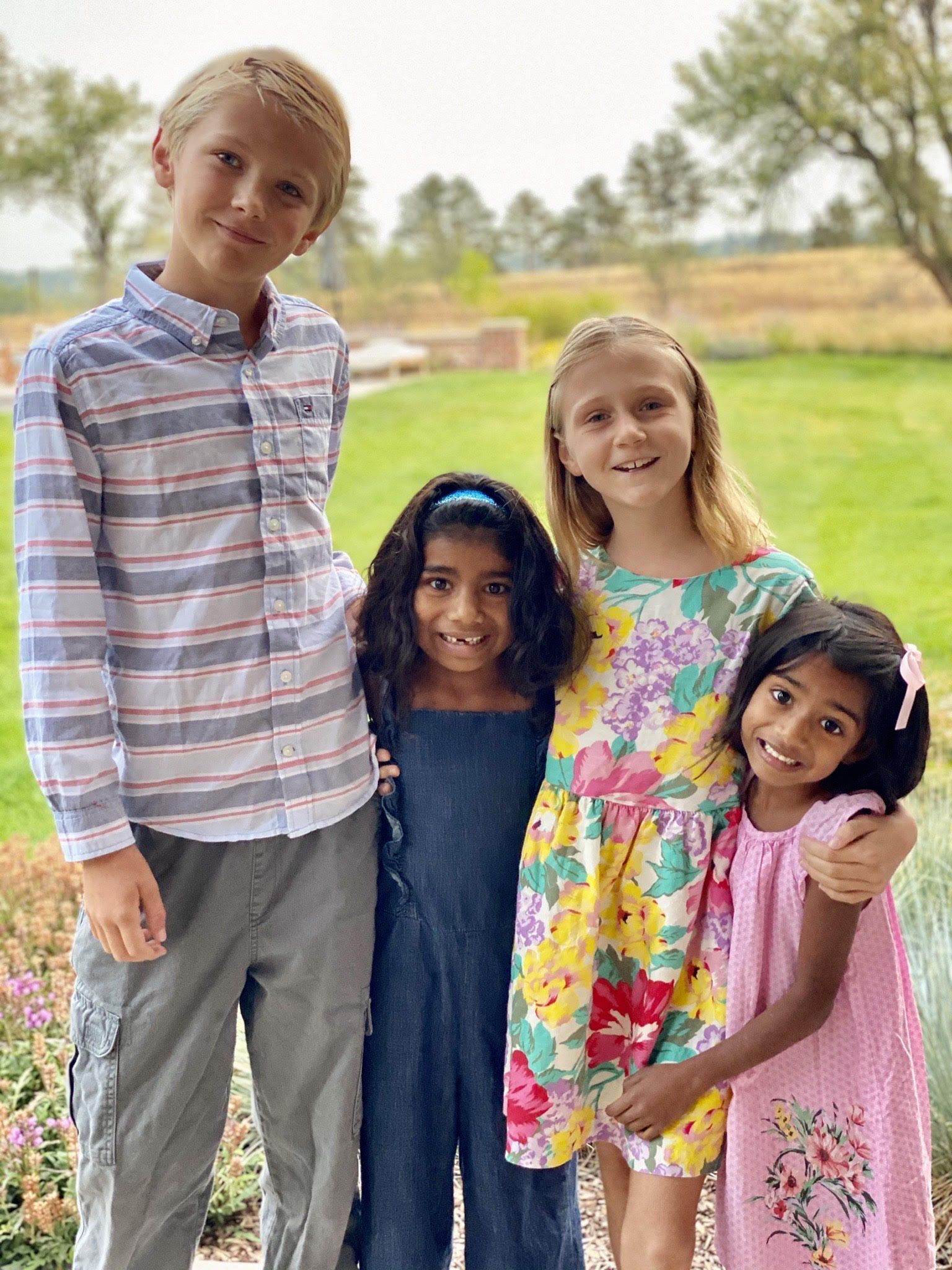
One night at dinner my daughter looked up at me with her big brown eyes and said “Mommy, can you tell me how I was adopted again? You got on an airplane and flew all the way to India and then what happened?”
For adoptive parents, this conversation is all too familiar. I am a Denver mom of four, and much like all moms, I love retelling my adopted daughters about the day we met or my older children about the day they were born. The little details mean the most. My daughter Ari clung to my ponytail, smushed her little face against my cheek and wouldn’t let go. As mothers, those memories are fixated in our brain and we hold tight to them, but kids often forget those details. To preserve those precious moments, Finding Family in a Far-Away Land was born.
We adopted siblings, Priya and Ari from India when they were almost 5 and 3.5 respectively. Our older children, Conrad and Alexandra, 7 and 5 at the time also came to India. Adoption meant the completion of our family and we wanted to celebrate that moment in India. As a new family, we settled in and experienced that growth, but the biggest change was clearly for Priya and Ari.
Adults often encounter what we call “culture shock” traveling to an exotic part of the world. Imagine experiencing that nervousness and newness, but as a child and with a new family! The change can certainly be overwhelming, exciting or daunting. Most children in America have tasted ice cream, slept in a bed and splashed in a bathtub all before the age of 3. Those were brand new moments for our daughters. The first month home, Ari wanted to sleep on the floor and that was perfectly fine! She still to this day will only eat rice with her hands.
Some of the biggest changes for our girls were the cultural differences like our skin color, language, food, clothing, and mannerisms. As our daughters learned about our family’s culture, we also adopted their Indian heritage. Finding Family in a Far-Away Land is written from my daughter Priya’s perspective and in the story, she declares “Even though I left India it will forever be a part of me. No matter where I go, I will be a spicy-loving, bangle-wearing, Diwali-dancing Priya!” Teaching our children about their birth country India has bonded us in ways I never envisioned. Priya will forever be better at Bollywood dancing than me and can down food so spicy it will make you cry. I love that about her and am learning more every day!
My hope in writing Finding Family in a Far-Away Land is to empower children by sharing our story of adoption, multi-culture and diversity. Giving all children insight to what it might be like to be adopted or a part of an interracial, multicultural family is a great step in nurturing our children to be a generation of empathetic, kind, and aware adults.
Reading this story with my children has allowed opportunities for reflection, discussion and healing. I hope that it can provide those opportunities for other families too!
RELATED:
4 Honest Ways to Talk to Your Kids about The “Why” of Adoption
8 Things You Can Do to Support Adoptive Moms
